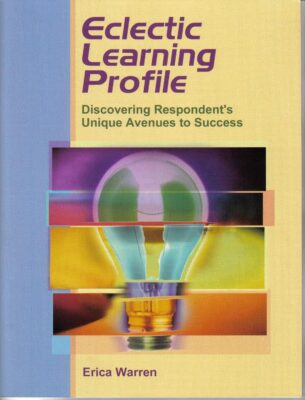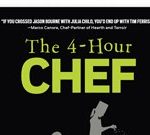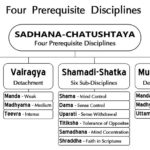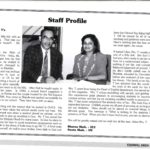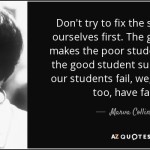Learning styles do exist: Understanding the 12 ways of learning
Amazon #ads

Paras note: I’ve categorised this post under ‘solutions’ as both teachers and students have problems understanding each other or teaching and learning from each other. The weird thing is maybe because my learning style was not understood with dyslexia I started teaching kids from learning the way they take things in and I had figured out my own learning and teaching styles. I also think different people will have a combination of some of these with some not mentioned so be aware of how best each individual takes things in.
The Eclectic Teaching Approach unites the theories of cognitive styles, information processing, multiple intelligences, and multi-sensory learning to uncover 12 diverse and unique ways of processing or encoding information. All of these learning modalities lie on a continuum and individuals have their own preferences based on their cognitive strengths as well as their exposure to each methodology. By learning about eclectic learning, teachers, therapists, parents and even employers can be more mindful of their instruction and work expectations. Additionally, by evaluating preferences, they can tailor instruction and assignments for optimal results.
The 12 Ways of Learning
– Visual
Visual learners learn optimally through observation. They like to see visual stimuli such as tables, graphs, and pictures. Some also have a strong capacity to visualize.
– Reflective/ Logical
The reflective learner needs to think about and analyze material that they encounter. They like to think things through and create concepts or models.
– Auditory
Auditory learners understand information best through listening.
– Verbal
Verbal learners like to think aloud. They need to talk about their thoughts and academic material to themselves and others.
– Tactile
There are two types of Tactile learners
1) Some prefer to touch objects or manipulate things.
2) Others find that taking notes or drawing things out helps to encode information.
– Interactive
The interactive learner needs to work with others. They like the company of others while learning and processing information.
– Kinesthetic
Kinesthetic learners need to move their bodies. Activities and movement help them to engage in information.
– Indirect Experience
The indirect experience learner enjoys vicarious experiences. They acquire knowledge from the shared experiences of others.
– Sequential
Sequential learners like information to be presented in a series of steps or specific order.
– Direct Experience
The direct experience learner wants to encounter or practice what they are learning. They prefer hands-on experiences that allow them to interact with the material.
– Rhythmic/Melodic
The rhythmic learner is inclined to think in rhythms or patterns. They respond to music – either appreciating or criticizing what they hear. They may walk to a beat and some find that music blocks distractions.
– Simultaneous
The simultaneous learner wants to see “the BIG picture.” It’s important for information to be related and connected.
Bonus: Drawing Is the Fastest, Most Effective Way to Learn, According to New Research
Bonus: How the Kinesthetic (Hyperactive, ADHD) Student Learns (2015) by Michael Grinder & Associates
Bonus: TEACH Training with Michael Grinder: Cats and Dogs, Part 1
Bonus: TEACH Training with Michael Grinder: Cats and Dogs, Part 2
Amazon #ads

Bonus: Honey-Mumford Learning Style
